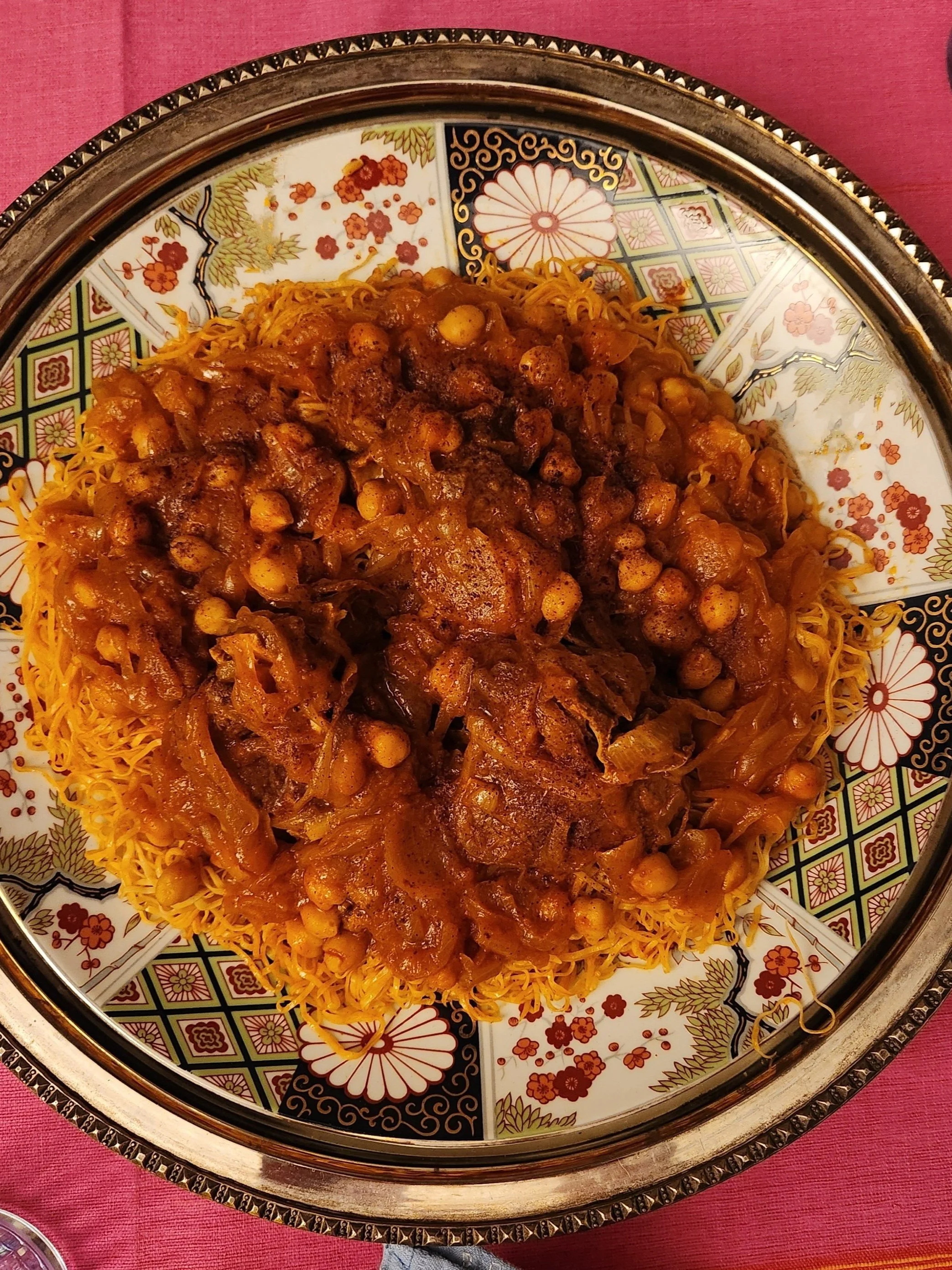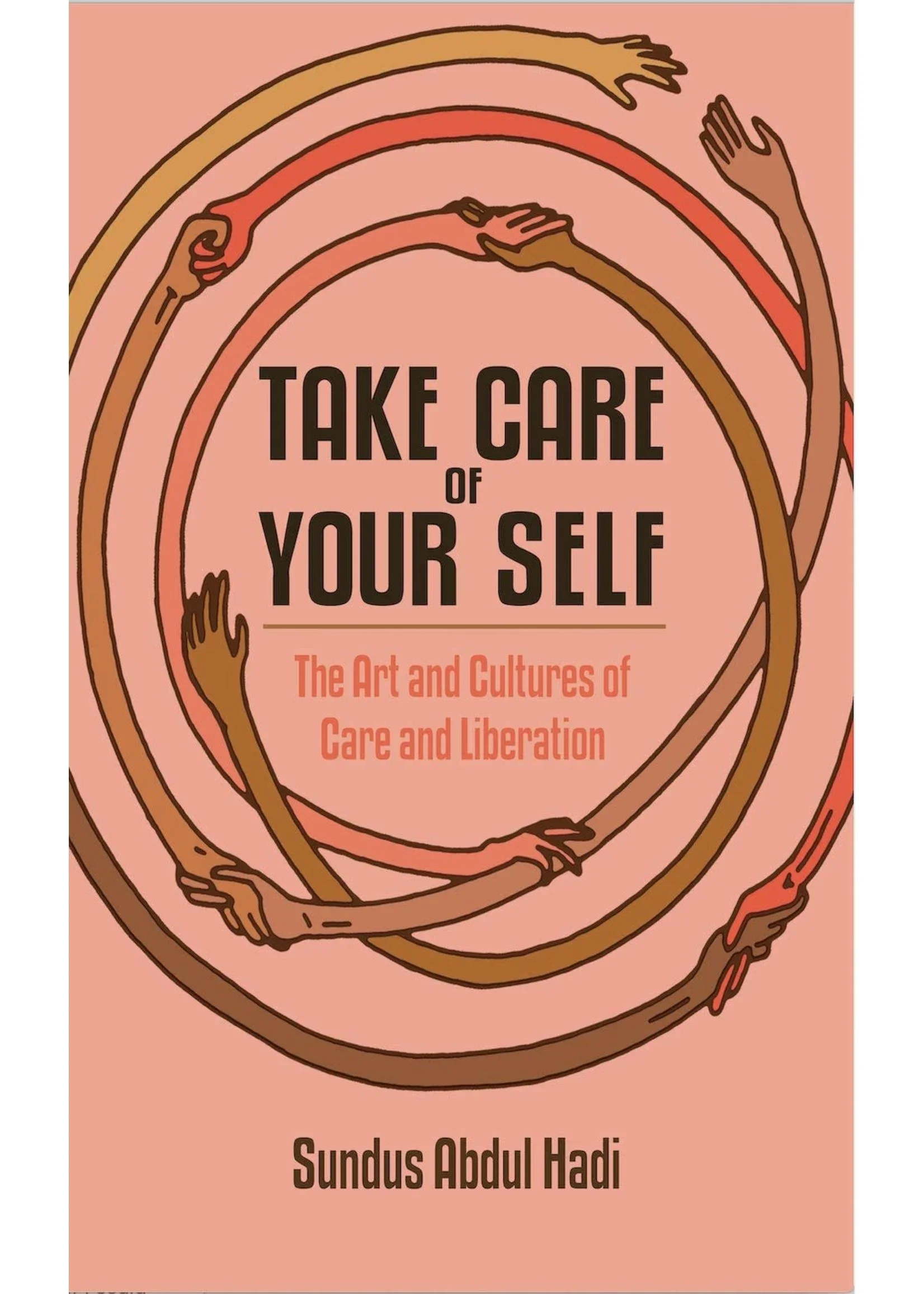

Heirloom
An heirloom, at its core, is a treasure passed through generations – a tangible link to a rich past. But what if that heirloom isn't a silver locket or an antique watch, but rather the very dishes we share, the techniques we employ, and the ingredients that tell a story spanning centuries? In the diverse culinary landscapes of the Arab world, food is precisely that: a living heirloom, a delicious palimpsest etched with narratives of migration, trade, ingenuity, and profound cultural identity. This edition invites you to savor these edible legacies. From the meticulously preserved culinary traditions of Djerba to the historically resonant narrative carried within Sudan's karkade; from the kaleidoscope of flavors defining Yemeni cuisine to the clever utility of Libya's rishtet-keskas and the foundational history of its aseeda; and finally, to the ancient secrets still baking in a small Palestinian taboon bakery in Amman—each article peels back layers of history, revealing how these dishes are not just sustenance, but profound chapters in humanity's shared story.

Yemeni Cuisine: A Kaleidoscope of the Senses
By Marta Colburn
Karkade & the Living Story of Sudan
By Marwah Mohamed

Rafram Chaddad:
Jewish Culinary Traditions in Djerba
Rafram is a Tunisian-born artist whose work explores identity, culture, and food. Raised in a Djerbian Jewish household, he draws on his roots to examine how food connects to memory, history, and land. His art challenges cultural appropriation and highlights the diverse origins of cuisine, especially in North African and Jewish contexts. For Rafram, food is a powerful symbol of identity and heritage.
Tsawwar... Samer Bou Saleh
“After 13 years, I found myself settling into my family home once again: brought back by the COVID-19 lockdowns, the economic crisis in Lebanon, and the loss of my full-time job. Reacquainting myself with this familiar space, I witnessed the scenes I grew up with through a renewed and heightened sense of appreciation. At the center of this reconnection was my mother’s relationship with food and her natural sense of presentation. She always made meals look effortless, despite the many hours of labor each might have taken. The light from our kitchen window provided the perfect setting throughout the day. What began as a spontaneous photo of fish in the sink, developed into an impulse to document these fleeting moments using all analog mediums at hand. Over time, I came to realize that the analog process itself and the ritual of shooting, developing, and printing echoed my mother’s own process in the kitchen – both slow, tactile, and rooted in care. Together, these gestures became a way of holding onto the present while preserving memory – each frame an attempt to capture the fragile and transient comforts of home.”






Libyan Rishtet-Keskas: Making Good Use of a Couscoussier
By Hala Ghellali
History of the Libyan Aseeda
By Marwa Benhalim

Palestinian Taboon Bread in a Small Bakery in Amman
Similar to the Lebanese tannour made from clay, stone, or nowadays concrete, the taboon, which comes in differing shapes, is heated for several hours and bread is carefully distributed in it to be baked to one’s liking. We’ve seen it built from mud and straw and dried in the sun in videos shared from Gaza over the past months. Despite Israeli attempts to claim and appropriate it, taboon remains a symbol of Palestinian heritage.

















